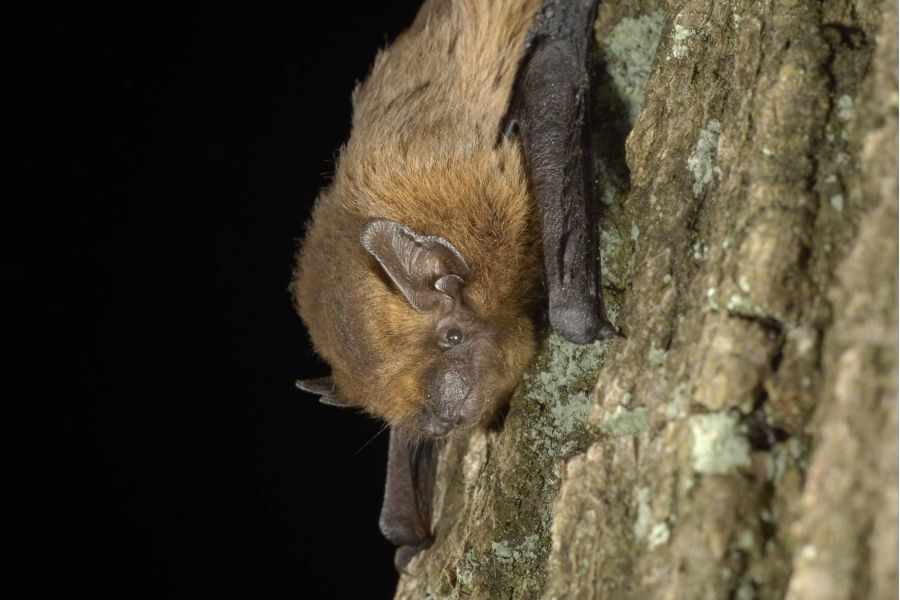One-year update: Sander on understanding the urban bat

PhD candidate Sander Buddendorf has worked for the past year on his project to understand the bats in urban environments. Are they affected by nocturnal light exposure? That is what he tries to find out in his project. An update on his first year.
Understanding the urban bat
By Sander Buddendorf
The bat is a mysterious flying nocturnal mammal. Many people I talked to in the “field” – in major Dutch cities such as Rotterdam and The Hague – come to me and tell me about bats in their garden or some nature area close by. As part of the “Clocks and Environments” cluster in the BioClock consortium, I focus on understanding and reducing the effects of our 24-hour society on biological clocks in bats and bat-insect interactions. Bats are nocturnal mammals, making them especially vulnerable to the light pollution that our 24-hour society brings. Some bat species can be found everywhere, from calm natural areas to noisy and light-polluted urban environments. These bat species are excellent model species to research differences in activity, behavior, and bat-insect interaction between both environments.
The year started by setting field experiments up as quickly as possible. We first wanted to answer whether the urban bats were affected differently by different intensities of artificial light at night. In cooperation with the municipality of Rotterdam and The Hague, we found sites with adjustable lighting systems. After several field visits, we selected 16 sites where the lamp posts were programmed to alternate high and low light intensities between consecutive nights. We used bat detectors to measure the activity of different bat species. These can be identified with intelligent software, as well as whether it was foraging or using social calls to communicate with other bats. All in all, the first year was quite successful. Measuring bat activity went better than expected. Collecting data on insect abundance and species, especially on a temporal scale, was a bit more difficult. But my Cluster colleague Hannah Broeckx will probably tell you more about that.

A couple of different projects will start in 2023. The first one is to shine a light on whether bats behave differently on a seasonal scale in urban compared to non-urban environments. There are several reasons why this could be the case. Two of these are that urban environments tend to be warmer and that there is more light pollution in urban habitats. Do bats differ in social and feeding behavior between these two habitat types? And can this be explained by temperature or ALAN? The second is to investigate roost (a bat box) activity using new monitoring devices. Here we want to know whether temporal roosting activity – emerging from a roost and returning – differs between natural and urban areas. Will bats emerge earlier from their roosts in natural areas because of the low light pollution? I’m sure we’ll get some interesting data this year to answer these questions!

The BioClock Consortium is funded by the NWA-ORC programme of the Dutch Research Council (NWO; project number 1292.19.077).